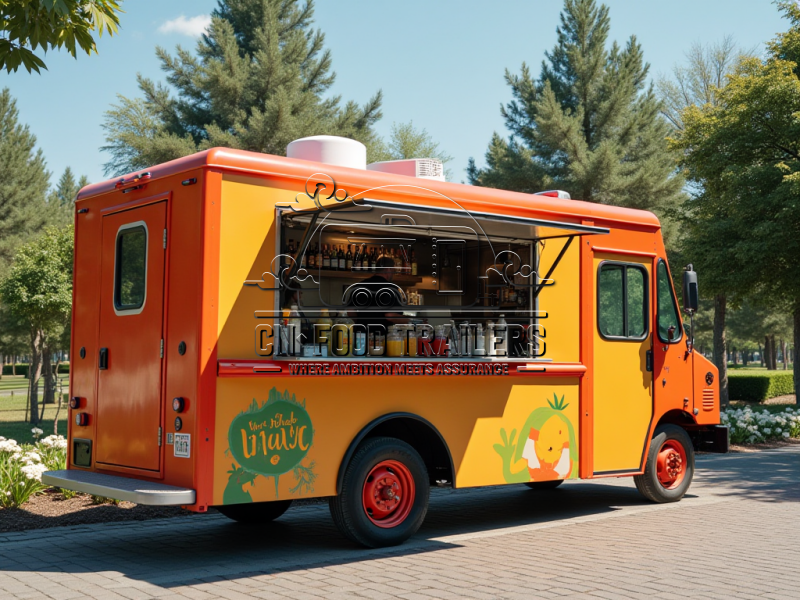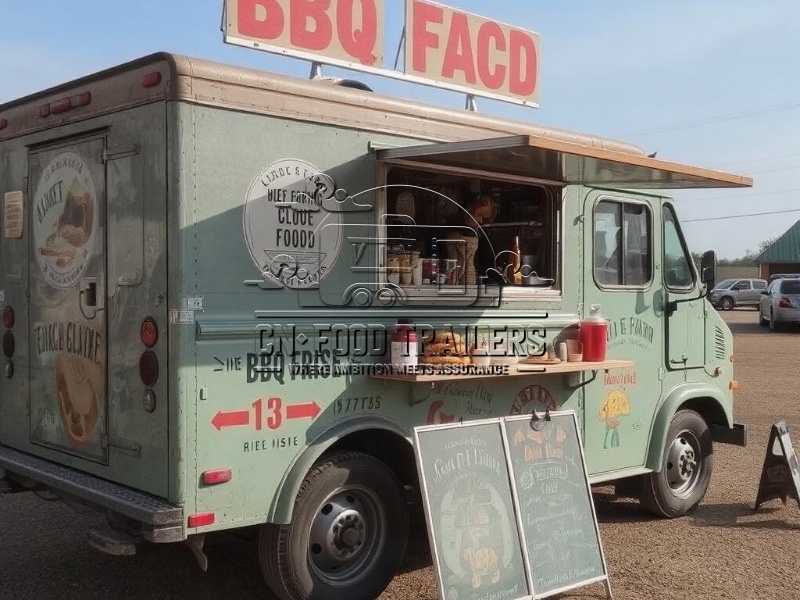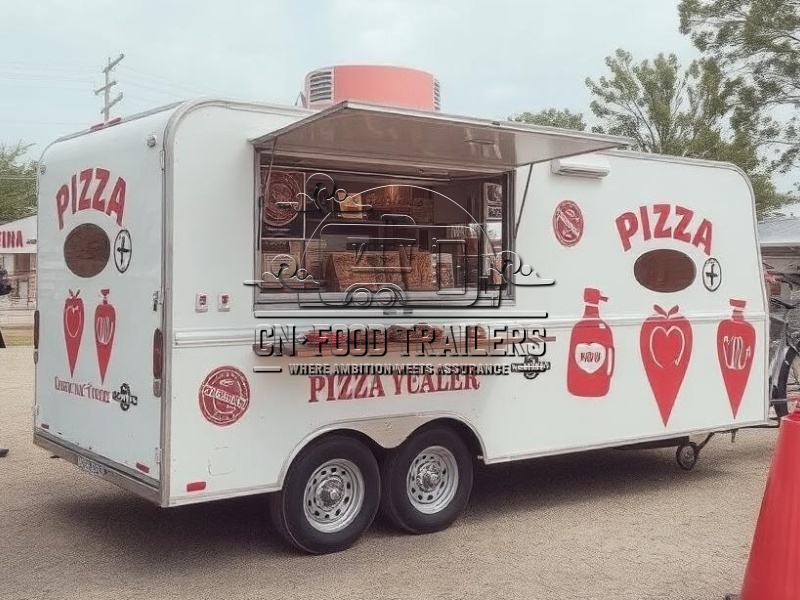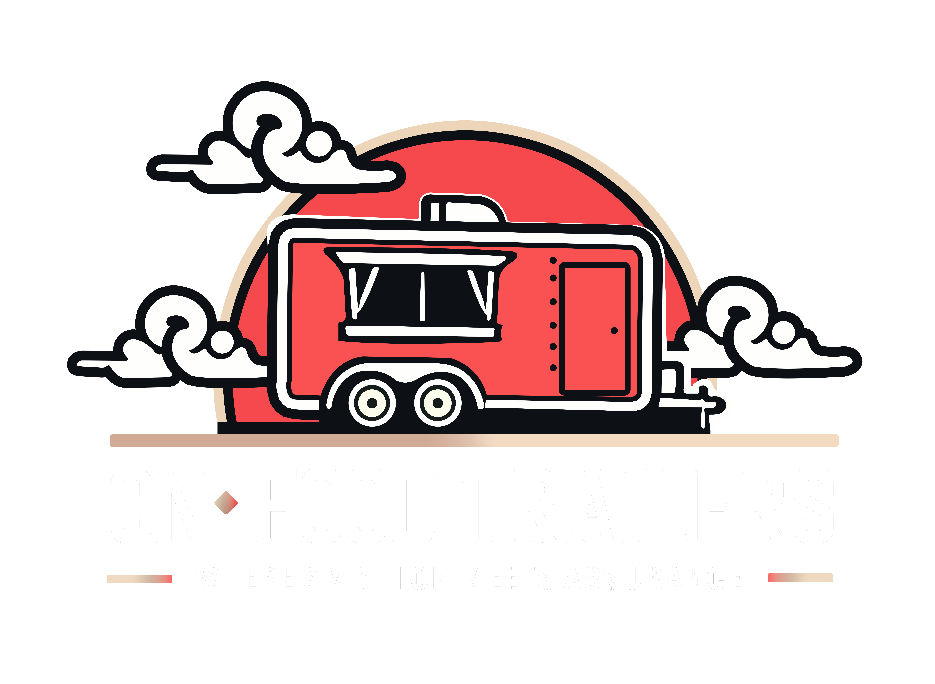Pasta Food Trucks usually attract attention with retro or modern body designs. The body is sprayed with Italian flag elements, classic pasta patterns or hand-painted illustrations, and paired with wooden decorations or metal texture details to create a strong Mediterranean style. In the open kitchen window, the chef’s on-site pasta making process becomes a “living advertisement”: kneading, boiling, pouring sauce, sprinkling cheese, all done in one go, with a fragrant aroma. The menu design takes into account both classics and innovations, from tomato meat sauce pasta, cream bacon pasta to truffle mushroom pasta, and even vegetarian, gluten-free or low-carb options to meet the trend of healthy eating.

Core features
1.Made and sold on the spot, freshness first
- Unlike traditional fast food, pasta trucks emphasize the immediacy of “from pot to bowl”. The dough may be pre-made in advance, but the sauce and side dishes (such as basil and Parmesan cheese) are purchased on the same day, and some trucks even make tomato sauce or broth on site to ensure the pure flavor.
2.Interactivity and customization
- Customers can freely choose the type of pasta (wide, thin, spiral), sauce (red, white, green) and toppings (shrimp, chicken, mushroom) to create their own taste. Some food trucks offer “blind boxes of pasta” or “chef recommended packages” to increase the fun.
3.Cultural symbols and social communication
- Food trucks often use Italian slogans (such as “Dolce Vita on Wheels”) or scenes from the classic movie “Eat, Pray, Love” as inspiration to create an immersive experience. Diners take photos and share them on social media to form word-of-mouth communication.
4.Fast delivery and high cost-effectiveness
- Through standardized processes (such as pre-cooked pasta and sauce packaging), food trucks can complete an order within 5 minutes, and the price is usually lower than that of restaurants, making it a popular choice for office workers and students.
Internal equipment
- Noodle cooking area: equipped with a large-capacity stainless steel cooking pot, which can cook multiple servings of pasta at the same time, and equipped with a timer and temperature control system to ensure the chewy taste;
- Sauce heating table: embedded induction cooker or gas stove, used to heat pre-made sauce base, some dining cars use molecular cooking technology to make foam sauce;
- Refrigeration and preservation: multi-layer refrigerators store fresh ingredients (such as cheese, seafood, vegetables), and freezers store pre-made dough;
- Pre-processing table: cutting table, vegetable washing sink, sauce dispenser, support fast food preparation;
- Plate and decoration area: small oven is used to bake cheese baked noodles, and the decoration table is placed with herbs, olive oil and other decorative ingredients;
- Intelligent system: integrated POS machine, mobile payment terminal and inventory management software, real-time monitoring of food consumption.
Application
1.Urban fast-paced catering
- Stop around office buildings at noon to provide “15-minute pasta lunch” for office workers, and appear at subway stations or shopping malls after get off work to meet the dinner needs of commuters.
2.Events and festivals
- In music festivals, art exhibitions, and sports events, pasta trucks appear as “energy supply stations”. Their high-calorie and easy-to-share characteristics fit the crowd gathering scene. Some trucks offer “family packages” or “mini pasta cups” for easy eating on the go.
3.Brand collaboration and themed flash sales
- Cooperate with well-known pasta brands, wine merchants, or fashion IPs to launch limited-edition packages (such as “black truffle pasta + sparkling wine”), or create themed trucks (such as the theme of “The Godfather”) to attract fans to check in.
4.Private customization and high-end catering
- Undertake catering services for weddings, corporate annual meetings, and other events, provide customized menus (such as lobster pasta, truffle foie gras pasta) and exclusive services (such as sommelier catering), and upgrade street food to exquisite banquets.
5.Education and charity
- Some trucks cooperate with cooking schools to conduct “mobile pasta classes” to teach basic cooking skills; or participate in the “food rescue” program to donate unsold pasta to homeless shelters.






Leave A Comment